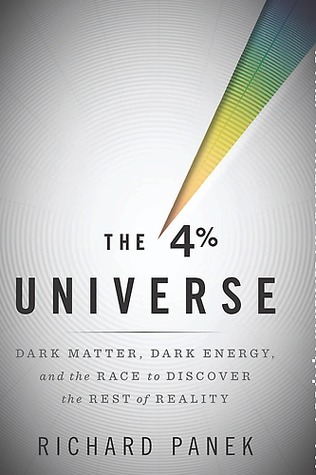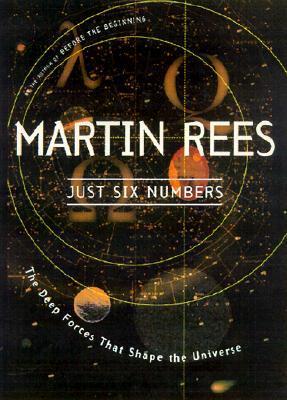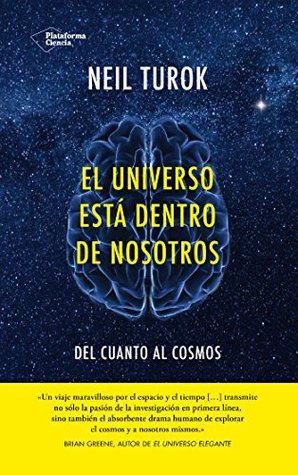
The 4% Universe: Dark Matter, Dark Energy, and the Race to Discover the Rest of Reality
Book Description
What if 96% of the universe remains a mystery? Richard Panek takes readers on a thrilling journey through the cosmos, uncovering the enigmatic realms of dark matter and dark energy that shape everything we know. As scientists race against time to unveil the secrets of the universe, nature’s most profound puzzles lead to groundbreaking discoveries and fierce intellectual battles. From the confines of laboratories to the vastness of space, the quest to comprehend reality unfolds like an epic adventure. Will humanity unlock the truth hidden in the cosmos, or are we destined to remain in the shadow of the unknown?
Quick Book Summary
Richard Panek’s "The 4% Universe" unravels the extraordinary scientific quest to understand the mysterious 96% of the cosmos made up of dark matter and dark energy. While everything humans have ever observed—stars, planets, galaxies—is mere ordinary matter comprising only 4% of the universe, Panek meticulously chronicles the explorations, discoveries, and fierce debates among astronomers and physicists seeking to grasp the true nature of the universe. Combining history, personalities, and the drama of scientific inquiry, the book details how landmark discoveries upended our perspective on cosmology. Through the stories of pioneering thinkers and cutting-edge experiments, Panek reveals how the pursuit of these cosmic dark components has not only reshaped fundamental physics, but also how we view our place in the universe.
Summary of Key Ideas
Table of Contents
The Cosmic Inventory: Ordinary Matter and Its Limitations
The book opens by foregrounding a remarkable fact: everything that we can see—stars, planets, gas, dust—makes up just 4% of the universe. Early astronomers and cosmologists believed that understanding visible matter would eventually explain the cosmos. However, discrepancies in galaxy rotations and the universe’s expansion soon pointed to a far greater complexity. Panek introduces the cosmic "inventory problem," laying out how systematic observation led scientists to suspect that something vast and unseen constitutes most of reality.
The Search for Dark Matter
The mystery deepens as Panek traces the history of dark matter. In the 1970s, astronomer Vera Rubin discovers that galaxies rotate faster than their visible mass can explain, implying the presence of hidden matter. Physicists and astronomers embark on a decades-long quest, deploying increasingly sensitive detectors in deep mines to capture the elusive particles that may make up dark matter, while theorists battle over potential candidates ranging from WIMPs to MACHOs, and invent ingenious experiments attempting to reveal their true identity.
The Emergence and Mystique of Dark Energy
The late 20th century brings a paradigm shift with the discovery of dark energy, an even more mysterious force accelerating the universe’s expansion. Panek recounts the dramatic journey of rival teams racing to measure cosmic distances and find that a hidden energy, permeating space itself, is pushing galaxies apart at an increasing rate. This revelation profoundly challenges prior understanding of gravity, space, and the fate of the universe, thrusting new questions to the forefront of cosmology.
Scientific Collaboration and Competition
Throughout the book, Panek emphasizes the intensely collaborative yet fiercely competitive nature of science. Discoveries emerge from both teamwork and the rivalry between teams such as the High-Z Supernova Search and the Supernova Cosmology Project. The book weaves together personality clashes, moments of doubt, and bursts of insight, demonstrating how scientific progress depends as much on human dynamics as experimental data.
Philosophical Implications of a Mysterious Universe
Finally, Panek situates these discoveries within a broader philosophical context. The realization that nearly all of the universe is invisible, interacting faintly and mysteriously with known matter, forces a profound reckoning with the limits of human knowledge and the tools of science. He argues that the search for dark matter and dark energy challenges not just the details of cosmology, but our very conception of reality, underlining both the humility and ambition at the heart of modern science.
Download This Summary
Get a free PDF of this summary instantly — no email required.


![The Whole Shebang: A State-of-the-Universe[s] Report cover](https://images-na.ssl-images-amazon.com/images/S/compressed.photo.goodreads.com/books/1347278841i/310330.jpg)


